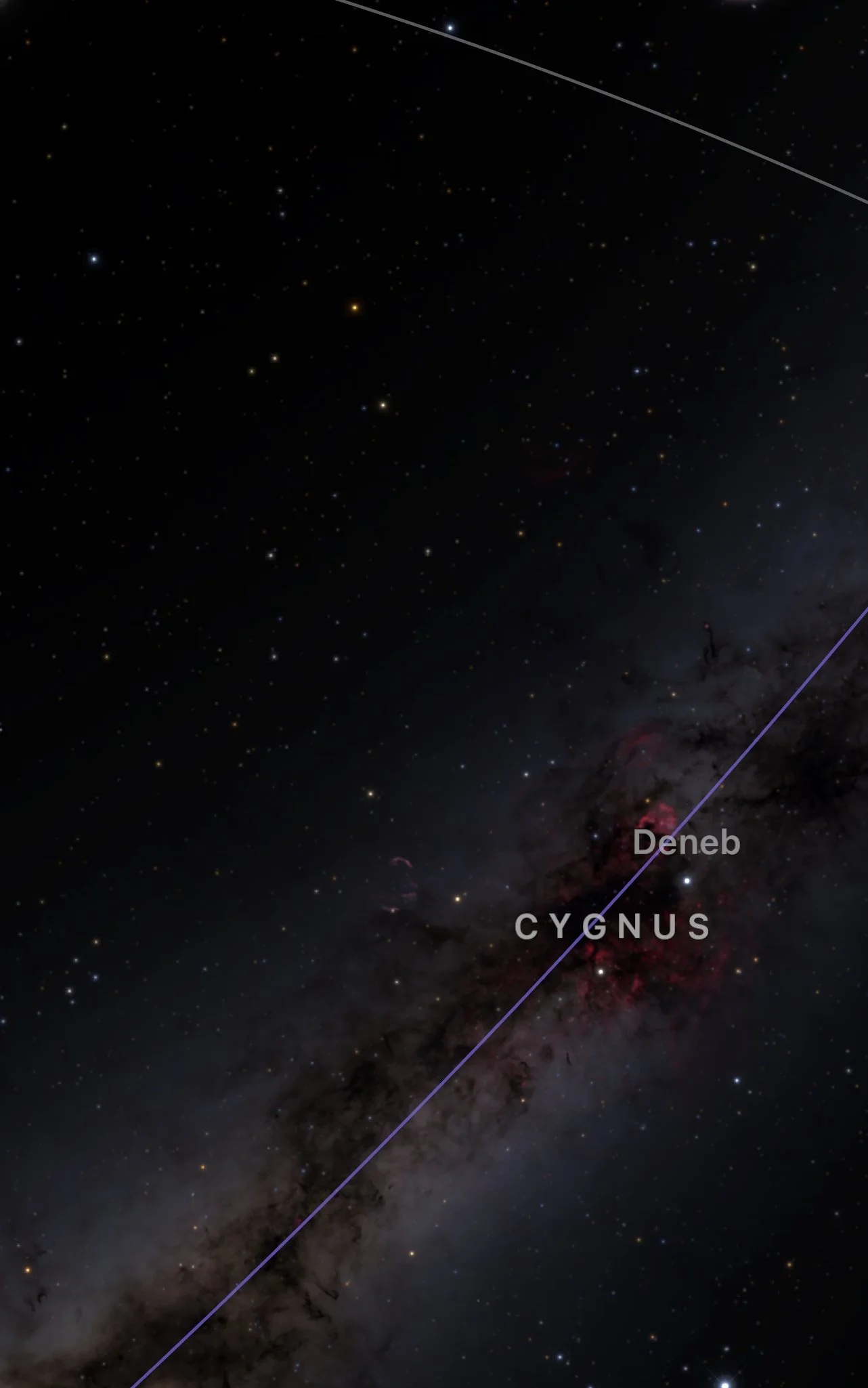….August is the month most expected by everyone who loves the shooting stars. The Perseids, called locally Tears of Saint Lawrence, are back and around the 12th of the month they are filling our island's skies with their brilliant lights. This year too, the absence of the Moon and the presence of the 4 major planets will make this event even more special, if possible. As a long time tradition, the Antigua's municipality organizes a public and free observation in the Prehispanic village of La Atalayita (information in 928 549653), but you can admire them from all the dark places of the island.
And back to the planets, in the Firmament it's easy to find Venus to the West in the first hours after sunset, while Jupiter shines very high during most of the night. A telescope reveals his dark atmospheric bands and his 4 major satellites, bright dots dancing restlessly around the giant. From the East, Saturn will leave you incredulous when admiring his famous rings, and sometimes also a few of his more than 60 satellites. Mars, the Red Planet, destination of so many exploring missions, is also reaching this area following his apparent retrograde movement.
The Moon accompanies us in the second part of the month. Her mountains, her seas and her craters are all a surprise due to their sharpness and closeness through the telescope, leaving us fascinated every time we admire them.
Clear skies to everybody! ..
Agosto es el mes más esperado por todos los amantes de las estrellas fugaces. Vuelven las Perseidas, las Lágrimas de San Lorenzo, que alrededor del 12 de este mes llenan los cielos de nuestra isla con sus brillantes destellos. Este año, la ausencia de Luna y la presencia de los 4 planetas mayores en el cielo nocturno hará de este evento algo aún más especial. Como ya es tradición, el Ayuntamiento de Antigua organiza una observación pública y gratuita en el Poblado Prehispánico de la Atalayita (información en el 928 549653), pero el espectáculo podrá admirarse desde todos los sitios oscuros de la isla.
Y volviendo a los planetas, en el Firmamento destaca Venus, que se pone bastante pronto en el Oeste, así como Júpiter, que brilla muy alto en el cielo ya a la caída de la noche. El telescopio nos revelará sus bandas atmosféricas oscuras y sus 4 satélites mayores, unos puntos brillantes que danzan incansablemente a su alrededor. Cada vez más alto en el Este, Saturno deja a todo el mundo admirado al contemplar sus anillos, con frecuencia también acompañados por algunos de sus más de 60 satélites. También Marte, el Planeta Rojo destino de tantos programas de exploración, va acercándose a esta zona en su aparente movimiento retrógrado.
La Luna nos acompaña en la segunda mitad del mes. Sus montañas, sus mares y su cráteres nos sorprenden por su nitidez y su aparente cercanía a través del telescopio, dejándonos fascinados cada vez que los admiramos.
¡Cielos despejados para todos! ….




